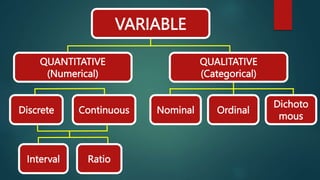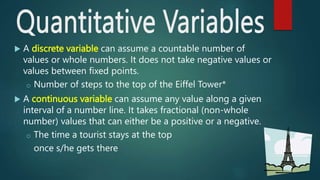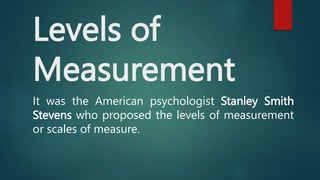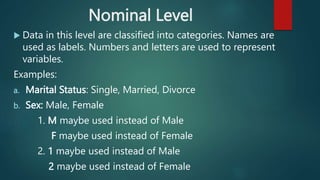Here are the appropriate measurement scales for the given information:
1) Eye color - Nominal
2) Gender - Nominal
3) Race - Nominal
4) Religious affiliation - Nominal
5) Weights of basketball players - Ratio
6) Temperature - Interval
7) Speed of sound - Ratio
8) Top ten in the nursing board examination - Ordinal
9) Height - Ratio
10) Sizes of shoes - Ordinal


















